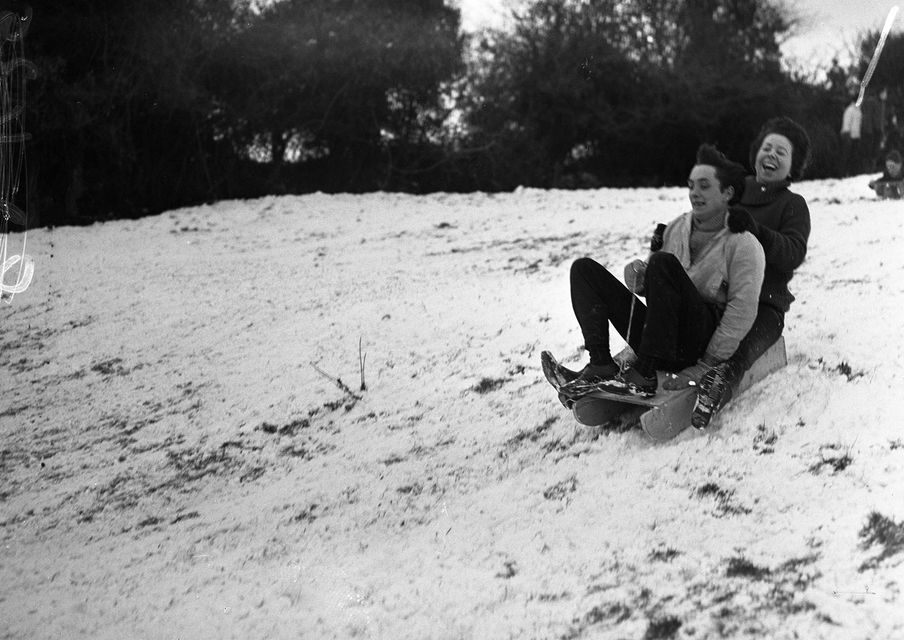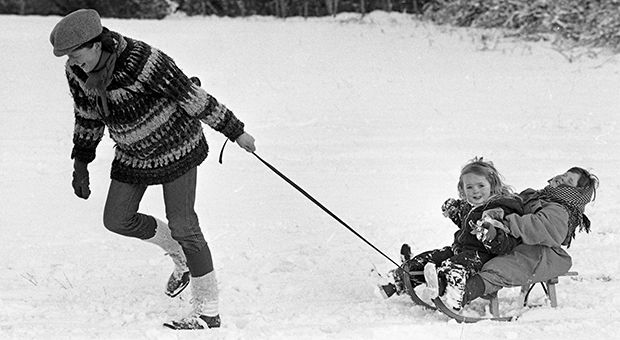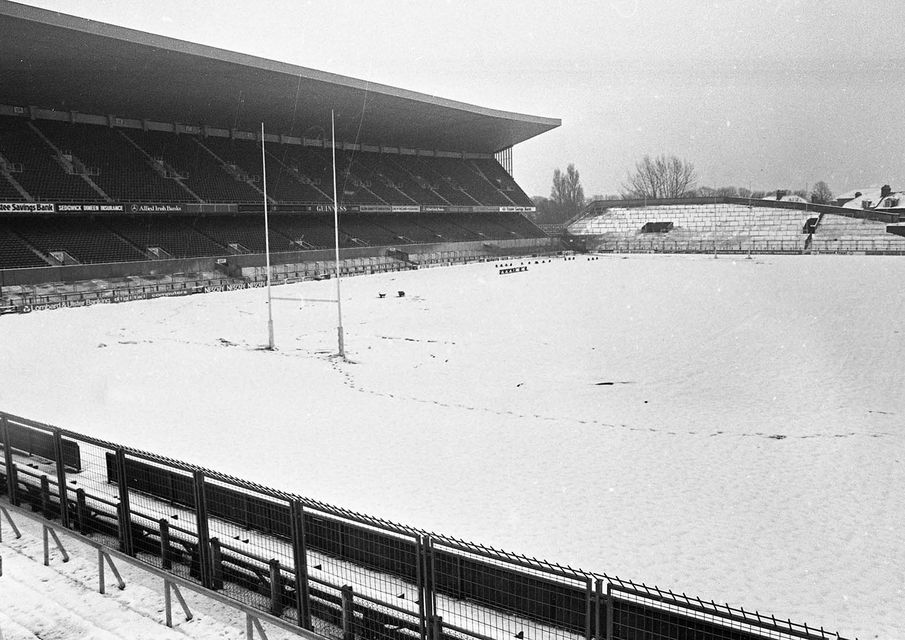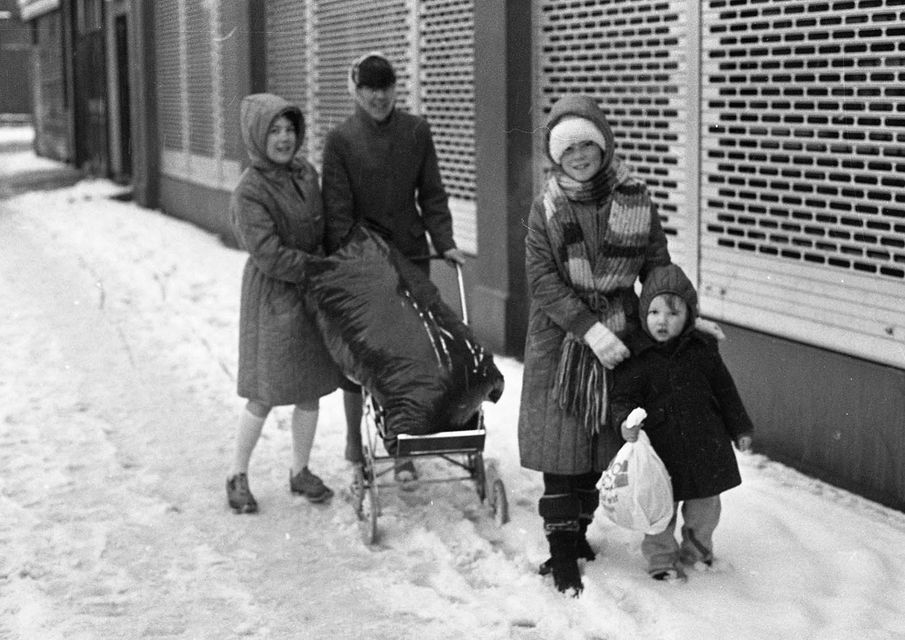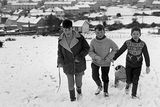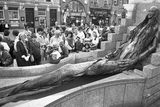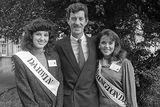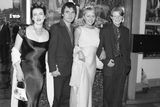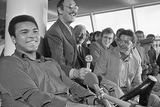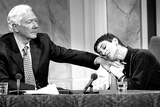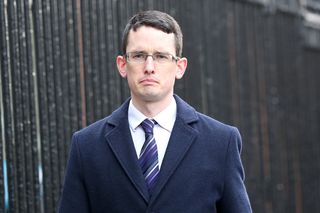Do you remember this? It's been 55 years since The Great Freeze
Snow in the Dublin area, 29/12/1962
If you thought this January was chilly, we're revisiting The Great Freeze of winter 1962-63 to see how Ireland fared as the coldest winter on record took hold.
Christmas of 1962 in Ireland was marked by bitingly cold winds, treacherous snowy conditions and below freezing temperatures. The Irish Independent reported it was reminiscent of winter of 1947 known as The Big Freeze, in which the death rate doubled due to the harsh conditions.
Snow in the Phoenix Park, 29/12/1962
On December 30 in 1962 Dublin Airport had ceased operations by 11am, stranding 3,000 passengers due to travel back to the United Kingdom where the blizzard conditions continued to wreak havoc, claiming the lives of five people on December 30 alone. Continuous snow made travel by car or plane incredibly dangerous, with motorists warned to take extreme caution. In Bray, on Dublin's coastline, waves of up to 40-feet were reported, with one woman being swept to her death at Dalkey Harbour in County Dublin.
Caught in snow-drift in Templeogue, 29/12/1962 (Part of the Independent Newspapers Ireland/NLI Collection).
The country continued to suffer from the freezing temperatures through the New Year and by January 3 food supplies in village areas around County Wicklow were running dangerously low. The Irish Independent arranged special airlift delivery of hot food and supplies, whilst residents in Valleymount went three days without light as the electricity failed.
Tobogganing during the snow of winter 1962-63
By January 14 the front pages proclaimed that "All Europe Freezes" as what was becoming known as "the great freeze" extended its icy grip to the French Riviera, with temperatures above freezing only to be found on the Mediterranean island of Corsica.
Back in Dublin, icy conditions prevailed and it was reported that "in at least one Dublin public house stout froze in the bottles."
Snow in Dublin, winter 1985
By January 21 the blizzards were declared to be back, with overnight snow causing snow drifts five foot high. More lives had been claimed in the severe weather, as well as havoc for transport by car, train and plane. It was only until February 6 that County Wicklow had its first 'thaw' in 42 days, whilst the blizzard had set its sights on Belfast, causing the same havoc to transport and services as had struck the south.
Early morning snow scenes in Dublin City Centre, 18/01/1985 (Part of the Independent Newspapers Ireland/NLI Collection).
Winter of 1985 also proved to be an exceedingly cold winter, with heavy snowfall recorded. Conditions were so bad that the Five Nations match between Ireland and England scheduled to take place at Lansdowne Road was cancelled as thick snow blanketed the grounds.
The snow covered football pitch at Lansdowne Road, Dublin, 18/01/1985 (Part of the Independent Newspapers Ireland/NLI Collection).
The Great Freeze of 1963 retained the record of coldest winter for nearly five decades until 2010 when Met Eireann revealed that temperatures were around two degrees lower than the average during 1963.
Early morning snow scenes in Dublin City Centre, 18/01/1985 (Part of the Independent Newspapers Ireland/NLI Collection).
To see more photos from Ireland's history visit the Independent Archives
Join the Irish Independent WhatsApp channel
Stay up to date with all the latest news



